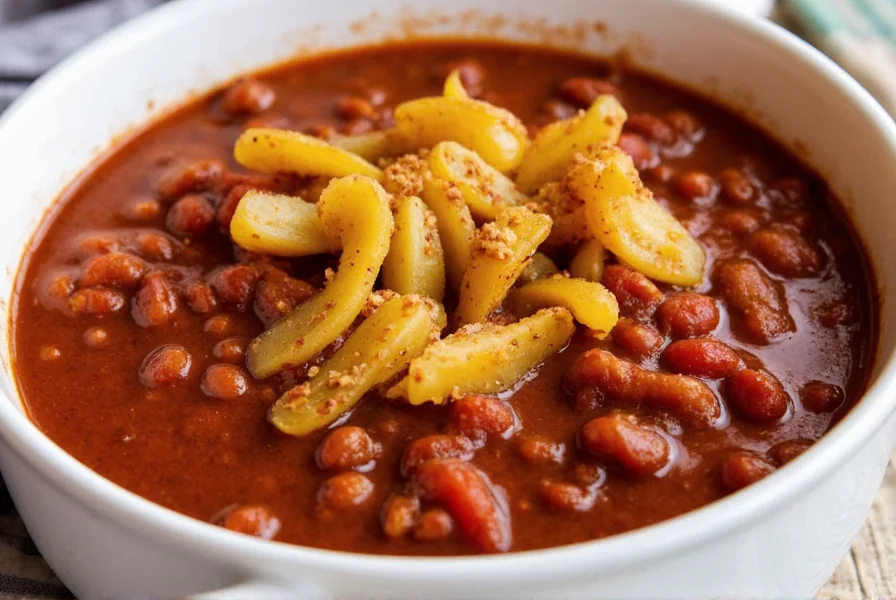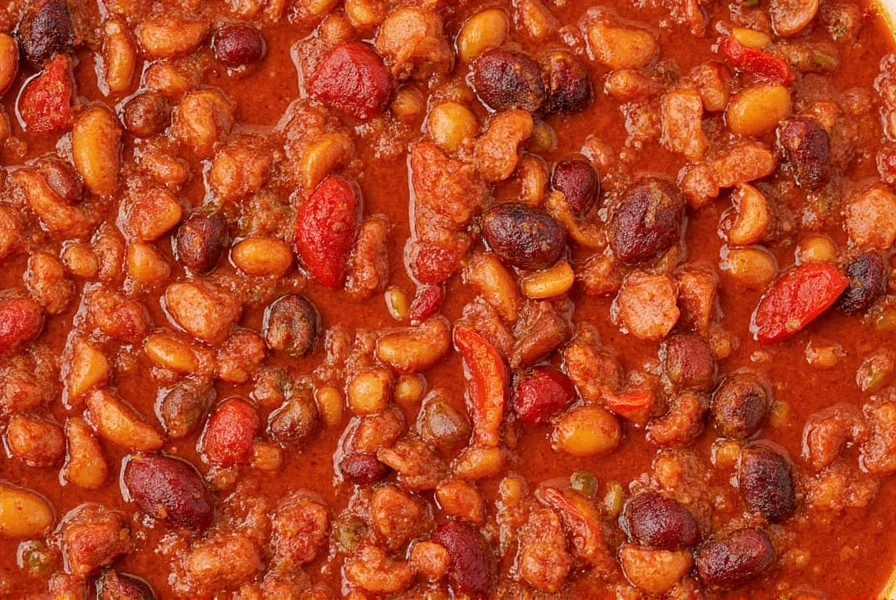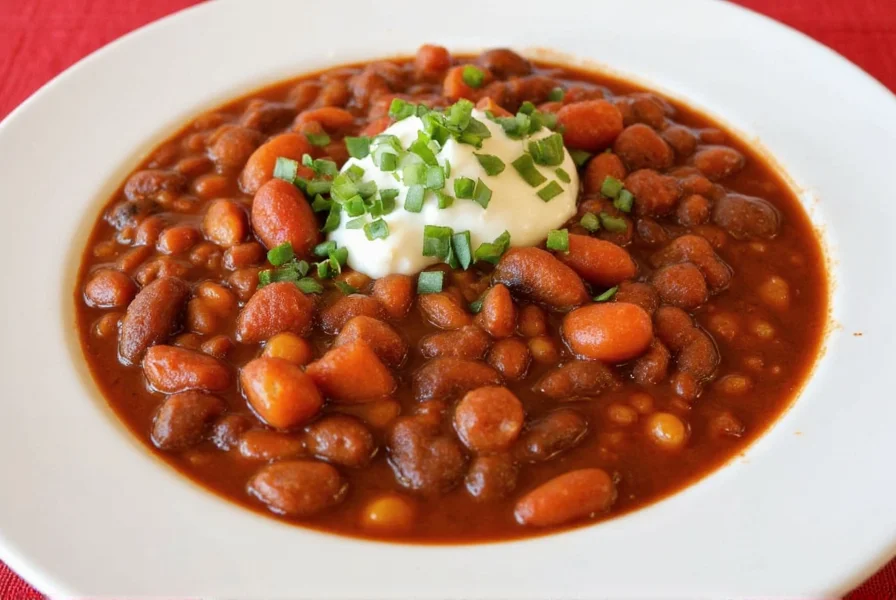Spice Up Your Life: The 10 Best Seasonings for Chili That’ll Make You Say ‘Holy Smoky Goodness!’

Welcome to your ultimate guide on the best seasonings for chili! Whether you're a seasoned pro at making chili from scratch or just getting started in the world of spices, this article is your go-to resource. We’ve rounded up the top 10 seasonings that will elevate your next pot of chili from “meh” to “magnificent.”
Table of Contents
- Why Spices Matter in Chili
- Top 10 Best Seasonings for Chili
- Buying Guide: How to Choose the Right Seasonings
- How to Use These Seasonings Like a Pro
- Frequently Asked Questions About Chili Seasoning
- Conclusion: Find Your Perfect Spice Blend
Why Spices Matter in Chili

Chili isn’t just about beans and beef—it’s about flavor depth, warmth, and the perfect balance of heat and heartiness. The right blend of spices can transform a basic chili into something truly unforgettable. From earthy cumin to zesty paprika, each ingredient plays a role in crafting the signature taste we all know and love.
The Role of Each Spice
| Spice | Flavor Profile | Key Benefit |
|---|---|---|
| Cumin | Earthy, nutty, warm | Enhances meaty richness |
| Paprika | Sweet, smoky, vibrant color | Adds visual appeal and subtle heat |
| Garlic Powder | Pungent, savory, aromatic | Boosts umami base |
| Oregano | Grassy, herbal, slightly bitter | Brings Italian-Mexican fusion notes |
Top 10 Best Seasonings for Chili (Ranked!) 🌶️🔥

- McCormick Culinary Ground Cumin – The foundation of any great chili blend.
- Smoked Paprika by Simply Organic – For that deep, barbecue-like flavor.
- Trader Joe’s Chili Seasoning Mix – A convenient pre-mixed option for busy cooks.
- Boulder Seasoned Salt – Clean, natural ingredients without the filler.
- Penzeys Blends – Chili 357 – A cult-favorite among chili connoisseurs.
- La Flor Mexican Oregano – Earthy and robust; perfect for traditional recipes.
- Mrs. Dash Original Blend – Great for low-sodium options.
- Badia Adobo Seasoning – Offers garlic, oregano, and citrus punch.
- Freshly Cracked Black Pepper – Adds bite and enhances other flavors.
- Hatch Green Chile Seasoning – For those who want bold, regional flair.
Comparison Table: Top 5 Seasonings
| Product | Heat Level | Ingredients | Best For |
|---|---|---|---|
| Penzeys Chili 357 | Medium-High | Ground chiles, cumin, garlic, salt | Classic chili lovers |
| Simply Organic Smoked Paprika | Low-Mild | Organic smoked paprika | Smoky depth seekers |
| Trader Joe's Chili Seasoning | Medium | Mixture of spices including onion, garlic, cayenne | Weeknight warriors |
| McCormick Cumin | None | Pure ground cumin | DIY blenders |
| Hatch Green Chile | Medium-Spicy | Green chile powder, salt, spices | Southwest style |
Buying Guide: How to Choose the Right Seasonings

Choosing the best seasoning for your chili depends on several factors:
- Intended Heat Level: Are you aiming for a mild stew or a face-melting firepot?
- Ingredient Quality: Look for blends with whole spices and minimal fillers like cornstarch or anti-caking agents.
- Type of Recipe: Traditional Texas chili? Bean-heavy Cincinnati-style? Or vegan lentil magic? Your recipe dictates the spice profile.
- Brand Trustworthiness: Stick with trusted names unless experimenting with artisanal brands.
Feature Breakdown of Recommended Products
| Product | Features | Pros | Cons |
|---|---|---|---|
| Penzeys Chili 357 | Premium spice blend made in small batches | Rich, complex, consistent results | Harder to find in stores |
| Trader Joe’s Chili Seasoning | Affordable, widely available, balanced flavor | Convenient, flavorful | May be too salty for some tastes |
| McCormick Cumin | Consistent quality, kitchen staple | Reliable, versatile | Lacks complexity alone |
| Smoked Paprika (Simply Organic) | Organic certified, no additives | Great smoky depth, clean label | Can overpower if overused |
| Hatch Green Chile Seasoning | Regional Southwestern flavor, fresh taste | Unique and authentic | May not be stocked everywhere |
How to Use These Seasonings Like a Pro
Now that you've got your favorite seasonings lined up, let’s talk technique:
- Dry Toast First: Lightly toast whole spices (like cumin seeds) in a dry pan before grinding or adding to the pot. This unlocks more flavor!
- Bloom the Flavors: Add powdered spices early in the cooking process with a bit of oil to bloom their aromas.
- Layer & Balance: Don't add all the spices at once. Layer them during different stages—start with cumin, then paprika, finish with garlic and oregano.
- Taste As You Go: Adjust salt, acid, or heat based on what’s missing in your batch.
- Rest It Overnight: Letting chili sit overnight allows flavors to meld beautifully.
Frequently Asked Questions About Chili Seasoning

Can I make my own chili seasoning?
Absolutely! Here’s a simple DIY blend:
- 2 tbsp ground cumin
- 1 tbsp smoked paprika
- 1 tbsp chili powder
- 1 tsp garlic powder
- 1 tsp onion powder
- ½ tsp dried oregano
- ½ tsp black pepper
- ¼ tsp cayenne (optional)
Is chili seasoning the same as taco seasoning?
They’re similar but not identical. Taco seasoning often has more oregano and less cumin than chili seasoning, which leans heavier on the smoky and earthy notes.
How long does chili seasoning last?
Stored properly (cool, dark place), most spices stay potent for 1–3 years. Whole spices generally last longer than ground ones.
Conclusion: Find Your Perfect Spice Blend
The journey to finding the best seasonings for chili is as fun as it is flavorful. Whether you're a purist Texan chili lover, a bean enthusiast, or someone who enjoys a vegan twist, there's a seasoning out there waiting to become your new secret weapon.
Don’t be afraid to experiment with ratios, layer flavors, or even mix two or three of these top-rated blends together. After all, the best chili seasoning is the one that makes YOUR mouth happy. So grab a spoon, get mixing, and turn your next pot into chili gold.
Got a favorite seasoning that didn’t make the list? Share it in the comments—we're always hunting for the next big flavor bomb!










 浙公网安备
33010002000092号
浙公网安备
33010002000092号 浙B2-20120091-4
浙B2-20120091-4